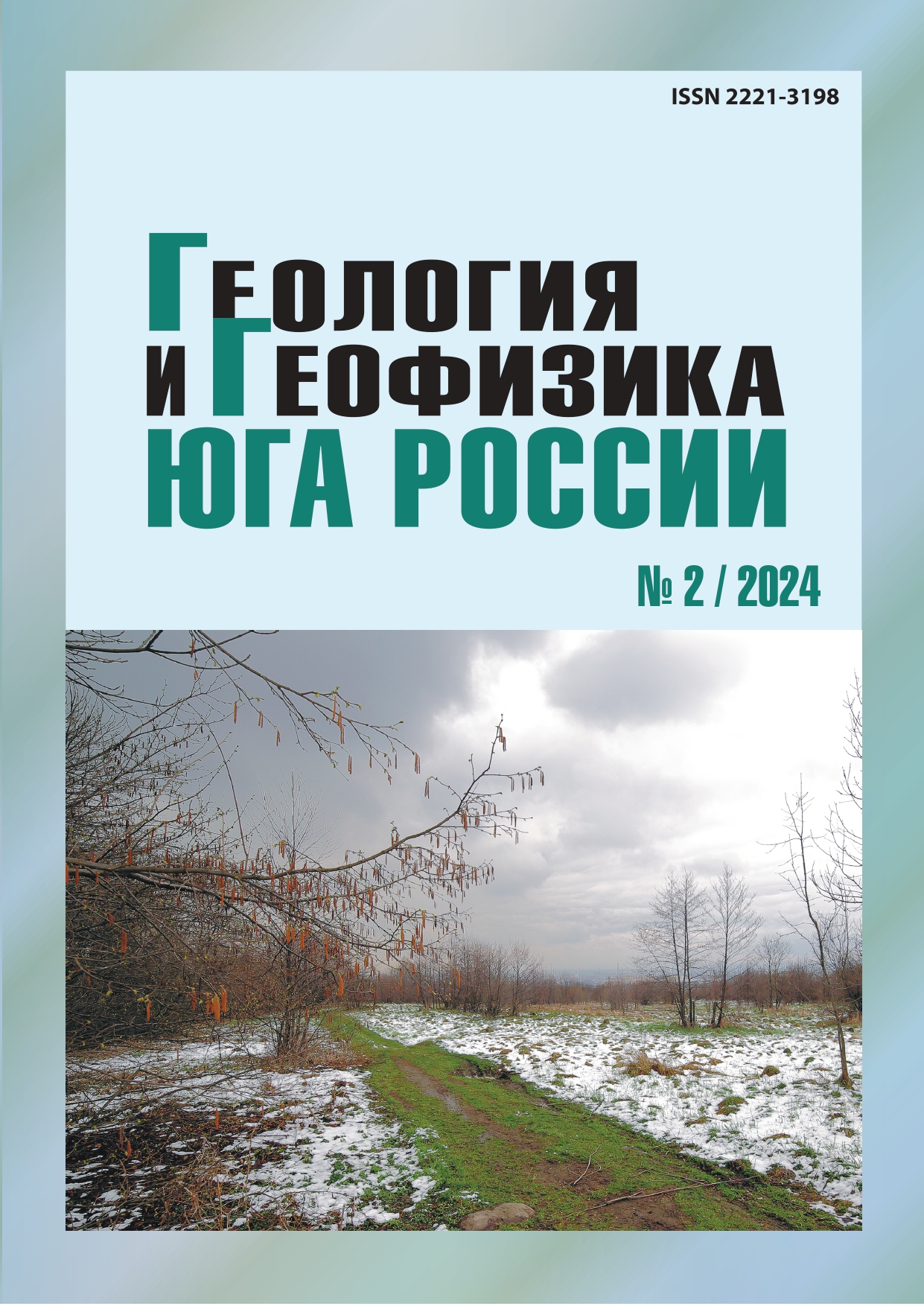Environmental conditions and life expectancy of the Russian population: trends and prospects
Abstract
Relevance. Geographic studies of life expectancy are very relevant, since they affect many aspects of human life. They are especially relevant for Russia at the present time, since country still lags behind leading countries significantly in this most important indicator; there is a significant difference in the life expectancy of men and women. Aim. To identify spatiotemporal features of life expectancy indicators and their dependence on the state of the environment at a multi-scale level within the Russian Federation. Methods. In the course of the work, the following research methods were used: comparative geographical, spatial analysis, multi-scale, statistical, , mathematical, etc. Results. Studies were carried out on the dynamics of life expectancy, pollutants emission into the atmosphere for 2005‒2020 and their spatial differentiation in 2020 in Russia and its regions. It has been established that within Russia until 2018 there was a significant increase in life expectancy which then due to the spread of coronavirus infection began to decline. The influence level of the environment state on life expectancy has been determined. A significant territorial differentiation of life expectancy indicators in Russia was revealed. Within the North Caucasus, significant territorial differences were also observed, with high life expectancy rates observed in Ingushetia, Chechnya and Dagestan and relatively low ones in the Stavropol Krai. It is worth mentioning that in the Stavropol Krai there are relatively high rates of pollutants emission into the atmosphere, and in the above-mentioned republics it is low. Trend analysis of life expectancy of the Russian population for 2005‒2020 shows that provided that negative trends in the country’s demographic development are overcome, life expectancy should continue to grow and reach the best global indicators in 2028‒2030.


